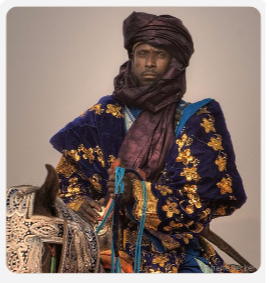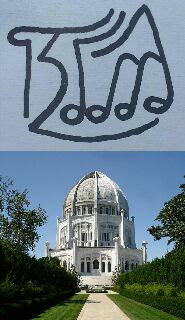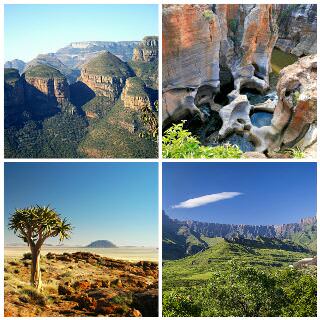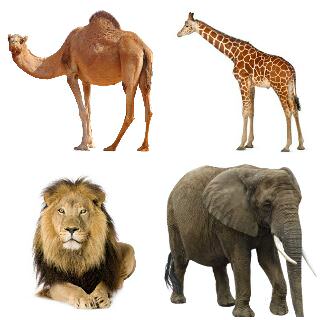HAMA
[hr]
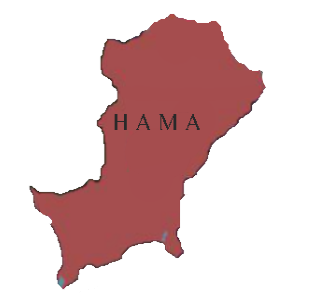
Map of mainland Hama, excluding territories
Capital (and largest city): Komodu
Population: 20 million
Density: 20/km^2
Demonym: Hamanian
Ethnic groups: Hamanite
Language: Hamanese
Religion: Abrahamism
Script: Radunic script
Area: 1 million km^2
Highest mountain: Mount Dayamu (1,200m)
Longest river: River Fayisalu (780km)
Largest lake: Lake Madubu (120km^2)
Major topographical features: Northern coastal forests, eastern mountains, central grassland plateau and southern arid region.
Government: Elective monarchy, tribal union, hybrid regime
Ruler: King (head of state, head of government)
Military commander: Grand Council of the Doharian Order
Legislature: Parliament
Economic output: 400 billion dollars
Average income: 20,000 dollars
Primary sectors: Financial services, tourism, diamond cutting, shipbuilding and arms manufacturing.
Major exports: Luxury goods, animal products, diamond cutting, weapons, and ships.
Major imports: Machinery, metals, rough diamonds, fruits and vegetables, petroleum and natural gas, wood and fish.
Major trade partners: Packilvania, the United Kingdom, Xagrurg, and Kuthernburg
Internet extension: .hma
Drives on the left
Measurement system: Metric
calendar: International Standard Calendar
The Kingdom of Hama (Hamanese: Malikuyatu Hamani) is a sovereign nation located in northern Yasteria. It borders Packilvania to the south and south-east and Arrelak to the northwest, while the Borean Sea lies to the north. The country has overseas territories that form part of the broader Hamanian Empire. It has a long and complex relationship with its colonies and the people who live there.
The area that forms Hama has been inhabited for thousands of years. Hunters and gatherers first inhabited the land. They were nomadic, following the herds and gathering plants that grew. They began farming and herding animals. They became increasingly sessile and developed complex polytheistic religions. They extracted and processed iron. They constructed sophisticated infrastructure, developed complex alloys like bronze and began traveling over land and sea. They developed into many tribes that had distinct dialects, beliefs, and cultures. They were assimilated under the first king for whom the country is named. They received Islam in the sixth century CE. They explored and invaded the eastern part of Borea in the early seventeenth century. They had a war with Kalatianburg over control of the continent and over disputes in its slave trade, which culminated in the formation of the modern-day elvine state of Kyrloth. They also invaded Itur after a misunderstanding led to a war with the natives. This disputes drew the attention of Laiatan which entered the conflict. The country developed over time. With the invention of the steam engine in the early eighteenth century CE, the country rapidly industrialized. It has developed into a major regional power in the northern Yasteria area.
Hama has a population of 20 million people. Its most spoken language is Hamanese. The largest ethnic group is the Hamanite nation. The most widely practiced religion is Abrahamism. The Pacitallian Advancement and Development Index score is an A. There is universal and affordable access to housing, education, and healthcare. There is an efficient waste management, water management, transport, and energy infrastructure. The people enjoy relatively comfortable lives. In general, income and wealth are evenly distributed. Unfortunately, discrimination against minorities remains a persistent problem. In general, the society is traditional and patriarchal. There is respect for authority, a strong family structure, and male dominance. Women are, however, better off than many in the region. There are relatively sound institutions. Justice is generally executed efficiently and impartially. Patents and contracts are respected.
The King is the head of state and head of the government. He appoints the executive branch and promulgates laws. The bicameral parliament forms the legislative branch. The Council of Chiefs has the power to make laws, while the House of the People is a consultative body that represents the people. The Chiefs rule over tribes and hold a great deal of political influence. The Doharian Order is a military monastic order of the Abrahamic religion. It oversees the military. The military of Hama is deeply integrated into the military of the rest of the empire. It is helmed by the Grand Council of the order. The imperial navy is a deep sea expeditionary force that has nuclear aircraft carriers in its naval arsenal and replenishment-at-sea capabilities.
The country is developed and industrialized. It has a GDP of 400 billion dollars and a GDP per capita of 20,000 dollars. The services sector, which makes up the largest portion of the economy, is dominated by financial services and tourism. The country has a robust shipbuilding and arms manufacturing sector. The primary agricultural products are beef and maize. There is a thriving animal products industry as well. The country has trade agreements with a number of countries. It forms a part of the Northern Pact, an organisation for the promotion of safe and balanced use of the Borean and Iturian seas. The country has diplomatic relations with several countries such as Kuthernburg and the United Kingdom. It is a middle power and exerts some influence over world affairs.
